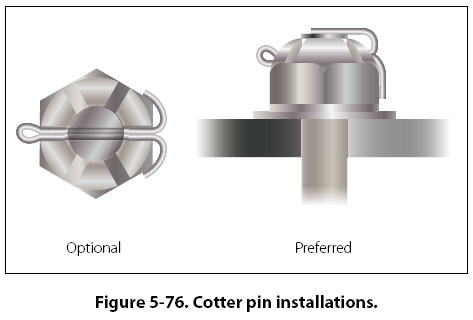We finished up CHUGSzilla’s tracks last night. To be fair, they look a lot better with the backing plates all cleaned up and repainted. Was it worth it? My answer is yes, but considering the ugliness of the green paint, the phrase “lipstick on a pig” is a fair description. Ouch! Did I really say that (as opposed to just think it)?
While the backing plates were curing we started prepping the carriers for reassembly. "Way back when" we had removed all the spindles from the spindle tubes on the carriers, and now it’s time to clean everything up. A great many of the spindles were rusted/corroded in place and it took a lot of force to get them out. A LOT of force. Well, getting everything clean and smooth and sliding easily is time well spent, and we’ll coat the spindles liberally with anti-seize as part of the reassembly process.
The plan is to get the carriers all reassembled with the idler and damper wheels, then bring the machine in the shop and install the carriers and tracks. Starting to see the light at the end of the tunnel.
Pics of the tracks.


While the backing plates were curing we started prepping the carriers for reassembly. "Way back when" we had removed all the spindles from the spindle tubes on the carriers, and now it’s time to clean everything up. A great many of the spindles were rusted/corroded in place and it took a lot of force to get them out. A LOT of force. Well, getting everything clean and smooth and sliding easily is time well spent, and we’ll coat the spindles liberally with anti-seize as part of the reassembly process.
The plan is to get the carriers all reassembled with the idler and damper wheels, then bring the machine in the shop and install the carriers and tracks. Starting to see the light at the end of the tunnel.
Pics of the tracks.

